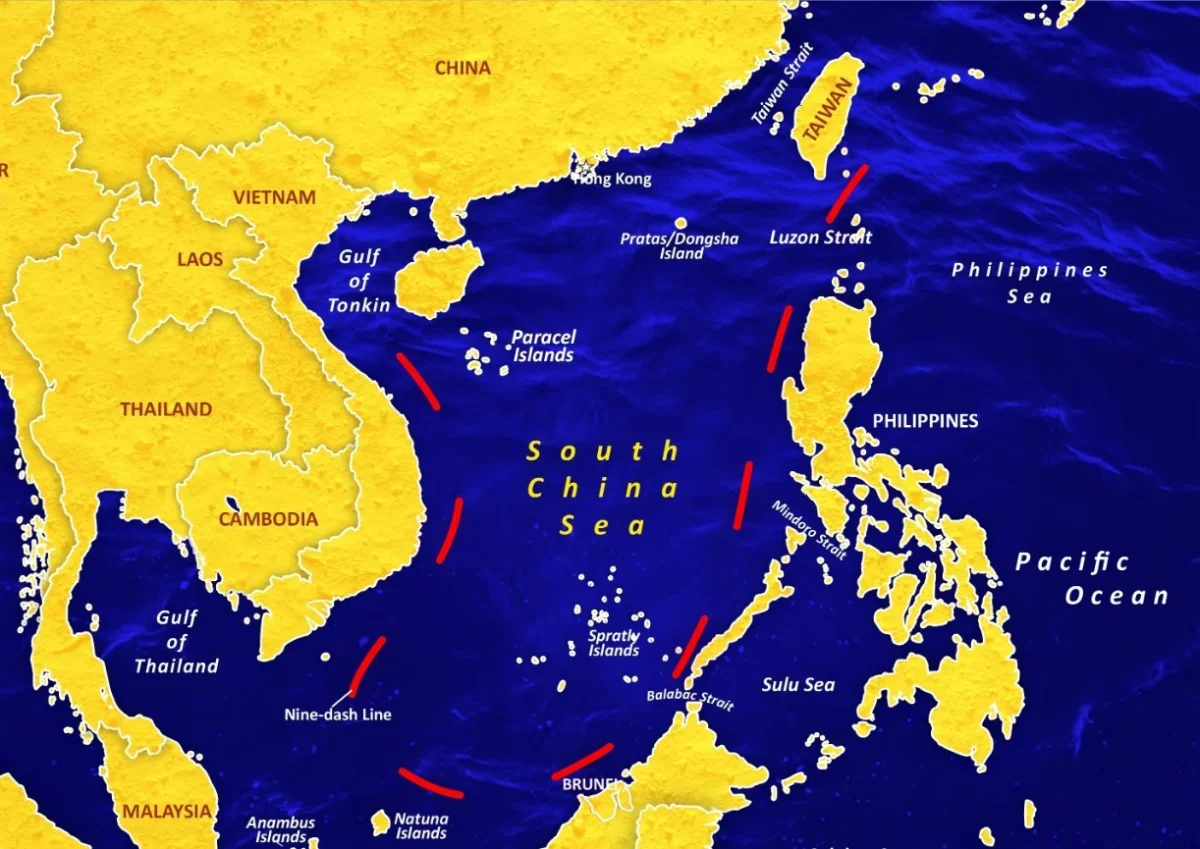The Spratly Islands have been a source of tension between China and the Philippines, as both countries have claimed sovereignty over the disputed atoll. The latest development in the ongoing dispute involves the Philippines sending a vessel to the area for supply purposes, which has once again increased tensions between the two nations.
The Recent Tensions
The Spratly Islands have been a source of tension between China and the Philippines, as both countries have claimed sovereignty over the disputed atoll. The latest development in the ongoing dispute involves the Philippines sending a vessel to the area for supply purposes, which has once again increased tensions between the two nations.
This move by the Philippines follows a previous decision to station a small number of troops on a World War II ship in 1999, which it grounded as an outpost to reinforce its sovereignty claim over the Second Thomas Shoal. China has previously requested the Philippines to tow the vessel away, but the Philippines declined, leading to further tensions between the two countries.
It is important to note that China has been asserting its sovereignty over almost the entire South China Sea, including areas claimed by Vietnam, the Philippines, Malaysia, Brunei, and Indonesia. However, the Permanent Court of Arbitration ruled in 2016 that China’s claims to the Spratly Islands had no legal basis.
Historical Waters
Tempted first by the lucrative spice trade, the Europeans began establishing themselves in Southeast Asia from the 16th century. Many cities in China were also controlled by Japan, a then-militarized country that also took control of the Korean peninsula in the early 20th century.
By 1942, the Japanese had pushed out the Europeans and expanded their rule into mainland and maritime Southeast Asia, occupying many countries surrounding the South China Sea.
When Japan surrendered three years later, the then-Nationalist government of China seized the opportunity to stake its claim to the waters and published a national map of China in 1947, including an eleven-dash claim to the South China Sea. The two extra dashes on the map included Vietnam’s Gulf of Tonkin.
When the communists won the civil war, Beijing revised the national map, apparently abandoning the claim to the gulf (and the two lines marking the waters) due to its shared “comradeship” with North Vietnam, which was also communist.
Taiwan, where the nationalist government set up an administration following its defeat to the communists, dropped its claims to those historical waters in 2005.
Modern Conflicts
The other countries that claim parts of the sea and reject the nine-dash line say the Chinese claim encroaches onto their territory as defined by the United Nations Convention on the Law of the Sea (UNCLOS). Under that law, each country has an EEZ extending 200 nautical miles (around 370 km) from their coast over which it has sovereign rights.
The Association of Southeast Asian Nations (ASEAN) has long been trying to conclude a code of conduct to reduce tensions over sea claims, but it has made scant progress since 2002 when a preliminary code was agreed.
Why Is the South China Sea so Attractive?
First, it accounts for about 12 percent of the global fish catch in 2015, in a part of the world with a growing population, disposable income and appetite for protein. With 1.4 billion people, China has a huge population to feed. Indonesia, Vietnam, Malaysia, Brunei and the Philippines are home to another 500 million people. China has the world’s largest distant-water fishing fleet, which enjoys significant financial support from the national government – but so do the other nations of south-east Asia.
Second, about one-third of global shipping, worth trillions of dollars, passes through the waters each year.
Third, according to a 2019 US State Department estimate, there are $US2.5 trillion ($3.6 trillion) in untapped oil and gas reserves in the South China Sea.
Fourth, and perhaps most significant, claiming and controlling islands and waterways in the South China Sea delivers strategic military advantages as well as providing a (contested) legal basis to claim resources in the sea.
Arbitration Ruling
The South China Sea Arbitration was an arbitration case brought by the Republic of the Philippines against the People’s Republic of China (PRC) under Annex VII of the United Nations Convention on the Law of the Sea (UNCLOS) concerning certain issues in the South China Sea, including the nine-dash line introduced by the mainland-based Republic of China since as early as 1947.
On 12 July 2016, the arbitral tribunal ruled in favor of the Philippines on most of its submissions. It clarified that while it would not “rule on any question of sovereignty … and would not delimit any maritime boundary”, China’s historic rights claims over maritime areas (as opposed to land masses and territorial waters) within the “nine-dash line” have no lawful effect unless entitled to under UNCLOS. China has rejected the ruling, as has Taiwan. Eight governments have called for the ruling to be respected, 35 issued generally positive statements noting the verdict but not called for compliance, and eight rejected it.The United Nations does not hold any position on the case or on the disputed claims.”
With Beijing’s growing assertiveness and uncompromising attitude, it is hard to see it abandoning the nine-dash line anytime soon.
